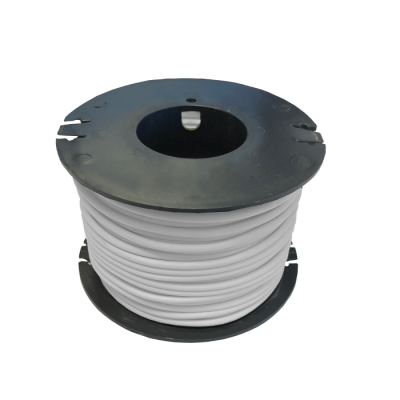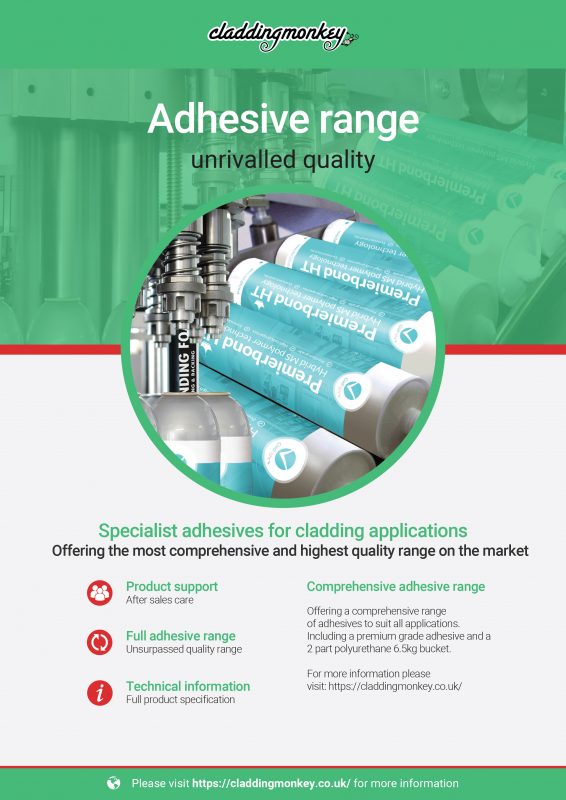BEST PRICE CLADDING GUARANTEED! - Call 01642 241777
Sale!
#9 Best Seller
in Gloss Cladding
Cladding Monkey Gloss | Fuchsia Pink
From £76.95 (ex. VAT)
From £92.34 (inc. VAT)
need it tomorrow? order within
- FUSCHIA PINK GLOSS -Highest Quality COLOURED PVC sheets
- 2.5mm SOLID PVC Hygienic Cladding Sheets
- Food Grade | High Chemical Resistance
- Class 0 fire rating, HIGH impact resistant
- Matching Profile Trims Available (see cladding trims in top menu)
*Very popular alternative to White, adds a bit of class/design to your project.
| 1+ | 15+ | 50+ | 100+ | |
| 8ft x 4ft | £76.95 | £75.41 | £74.64 | £73.87 |
| 10ft x 4ft | £96.15 | £94.23 | £93.27 | £92.30 |




























































